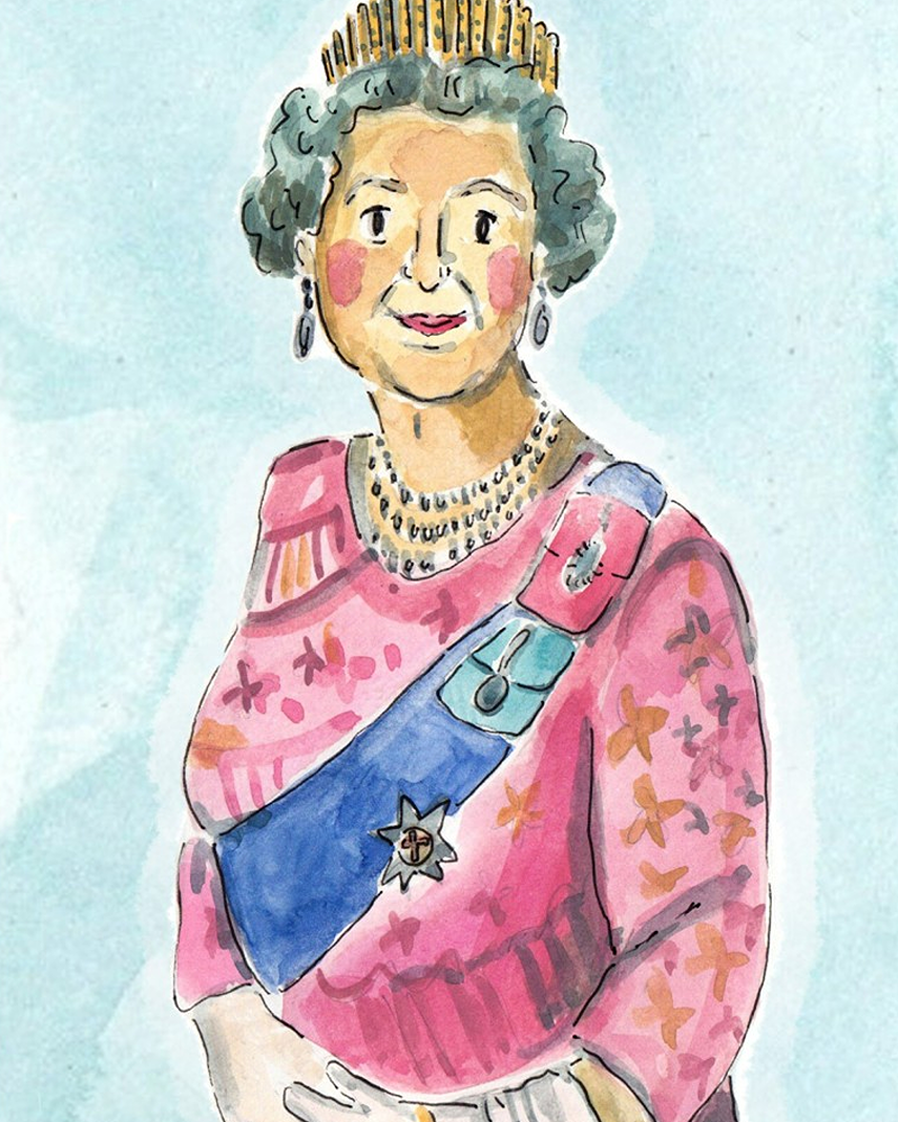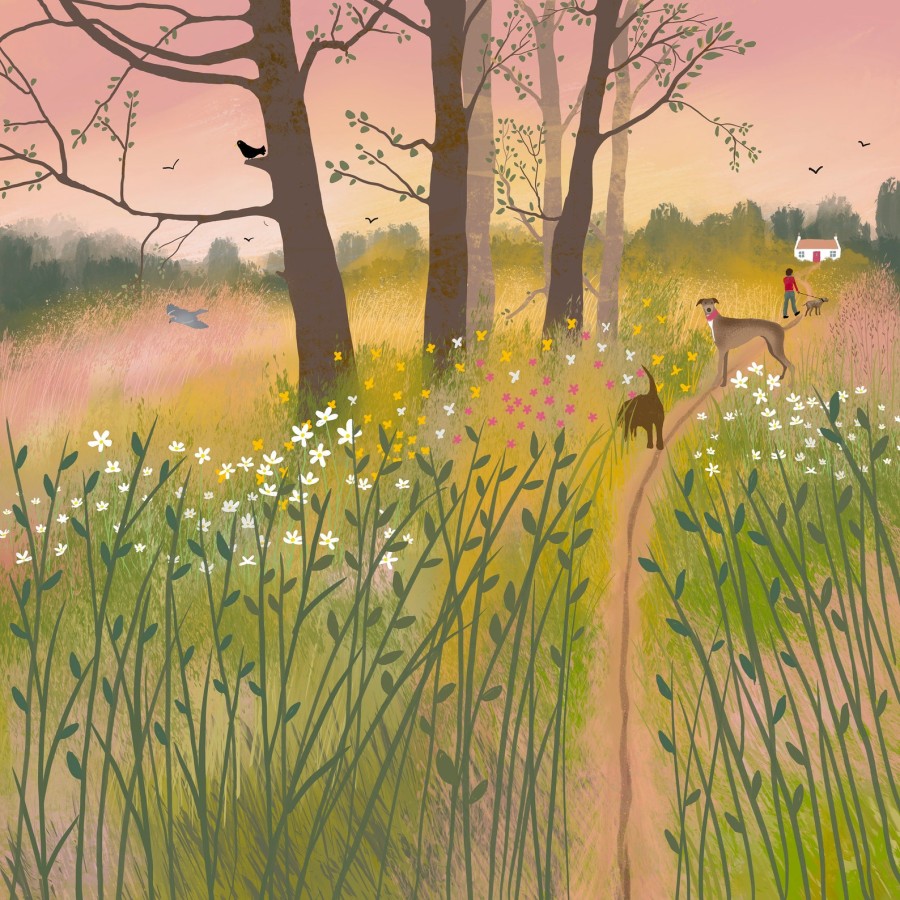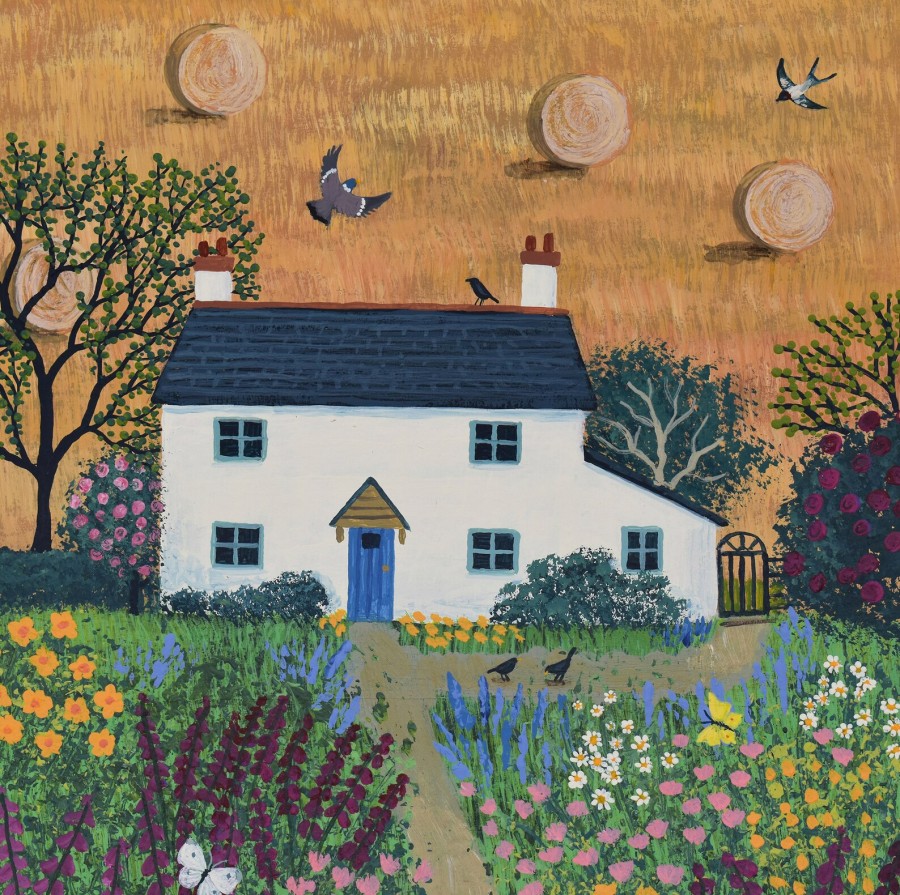
If you didn’t know already, Westminster is a city within the city (as is the City of London). Running from the River Thames to Oxford Street, this houses the Houses of Parliament and Big Ben, but many other famous landmarks.
The West End is home to 39 theatres (the largest concentration in the world along with New York’s Broadway) with Les Misérables being the longest-running musical (Bath’s Pulteney Bridge is the site of the suicide of Inspector Javert).
Trafalar Square has had a violent history with two bombings by suffragettes. The movement became highly controversial after bombing churches (due to a belief that the Church of England was against women receiving votes). In later years, it’s been known for its pigeons, but in 2001 the sale of birdseed was stopped. Campaigners wanted a gradual phase-out to allow birds to find food, but instead’ hawks to deter’ started to rip apart live birds in front of horrified tourists (including children). Read more on humane ways to deter and help our most misunderstood bird.
Each year, a Norway spruce is presented from Oslo to be the city Christmas tree in Trafalgar Square, to thank for help during World War II. The tree is shipped across the North Sea to the Suffolk port of Felixstowe (protestors say it would better to just enjoy ‘good relations’ with Norway and plant a locally grown tree instead). Read more on the greenest Christmas tree choices.
Westminster Cathedral is the Catholic one and Westminster Abbey is the Church of England one, so you don’t get confused! The latter is where Monarchs are crowned, and the former (one of the biggest Catholic churches on earth) famously caused a hoo-ha a few years back. Designed by John Francis Bentley, this beautiful red brick building is a masterpice of ‘striped brick and stone’ with no need for steel or concrete. The neo-Byzantine style means it slightly resembles an Eastern-European mosque.
Not that there’s anything wrong with just-as-beautiful mosques. But not so long ago, a UKIP spokesman complained that the BBC had ingrained its ‘liberal bias’ by showing a programme featuring a ‘London mosque’ as its backdrop (when it was of course our most famous Catholic cathedral).
Actor and writer Alex Andreou then began a Twitter feed of ‘ThingsThatAreNotMosques’ (posting images say of the Eiffel Tower) to gently chastise those who seek to divide rather than unite us in the most tolerant of nations. Another ‘English’ political party had made a similar mistake, thinking that Brighton Paviliion was also a mosque! And these are the people who seek to run our country?
the city that houses Buckingham Palace

Buckingham Palace is of course the seat of our monarchy, controversial due to the huge expense (when homeless people live within walking distance on the streets). One area of contention is why the Ministry of Defence refuses to replace bearskins for royal guards, when investigations found that at least one bear dies for each hat made (and not always due to a ‘cull’). When bears die, their cubs are left to starve, all so people can watch ‘the changing of the guards at Buckingham Palace’, to ‘maintain tradition’.
Protecting the Royal Family, I am protecting what it means to be British. Wearing the skin of a dead bear on my accomplishes none of that. Ornamental hats born of needless bloodshed are a sign of weakness – and that is not British. A royal guard
The palace is the admin headquarters of the monarch, anad was originally a large townhouse for the Duke of Buckingham in 1703. The palace has a whopping 188 staff bedrooms, 92 offices, 78 bathrooms, 52 private bedrooms, 19 state rooms, a swimming pool, doctor surgery, cinema, post office and jeweller’s workshop. The garden covers 42 acres and includes a lake, tennis court and a landing area for helicopters. Next door are the Royal Mews that house cars used by the Monarchy and coach horses used for ceremonial processions.
The palace was bombed 9 times during the Second World War, which destroyed the chapel. In modern times some rooms are now open to the public to raise funds, after a claim to heat the palace from the public community energy fund was rejected, due to fears of public opinion when many people can’t afford to heat their own homes.
A surprising part of history was that as recently as the last few decades, the Palace tried to exempt the palace from the Race Relations Act 1968, so that complaints of racism for not employing people of colour for clerical jobs would be kept out of the legal system (only employing black people as domestic servants). Obviously things have moved on, but it does give strong arguments against a system where rules are exempted for certain people based on their birth (which still happens for other parts of the Monarchy, like the right to appoint Bishops and pardon anyone in prison). Of course, King Charles would never release a serial killer, but he could if he wanted. The city of Westminster also includes sub-districts, mostly affluent areas including:
Covent Garden (known for its fruit and vegetable markets) and the famous market, is near the Royal Opera House.
Soho was originally a destination for aristocrats, but today is more known for entertainment and other certain professions (back in 1854, the area was hit with a bad outbreak of cholera).
St James (home to a famous park and many handmade shirt shops for rich gentlemen).
Pimlico is a southern extension to the rich area of Belgravia, known for its beautiful Regency architecture (it has over 350 Grade 2 listed buildings). Most of this area (and around half of neighbouring Mayfair, the most expensive property on the Monopoly board) are owned by the Duke of Westminster. The previous Duke of Westminster went to court in the famous ‘Westminster vs Westminster’ case, when he was told to legally sell 750,000 properties to leaseholders at a fair price, due to long-term tenancy. He resigned from the Conservative party in protest, despite owning up to 300 acres of exclusive London districts with an estimated worth of 3.5 billion pounds.
Since his death, the empire has now transferred to the very young shoulders of his son, who despite being born with ‘the longest silver spoon anyone could have’ is at least using some of his wealth to help the less fortunate in society. However there are calls for him to ban hunting on estates he owns (one creature was actually killed in someone’s garden, after the hunt pursued it onto private land).
The trial about leaseholds a few years back, opened up a can of worms on what ‘upper class, middle class and working class’ people were entitled to. The Sunday Correspondent offered a crate of brown ale for the best description of working class, and the winner wrote:
Wearing overalls on weekdays and painting somebody else’s house to earn money? You’re working-class. Wearing overalls at weekends, painting your own own to save money? You’re middle class.
Barrister John Mortimer (who wrote ‘Rumpole of the Bailey‘ said that Margaret Thatcher had already abolished the working class, so now you were either ‘middle class or sleeping in a cardboard box’.
Victoria was named after Victoria Station, built to ferry people from London to Chatham or the seaside at Brighton, and today remains a major transport hub for people in the southeast.
Knightsbridge (shared with Kensington) is course home to the exclusive stores like Harrods and Harvey Nichols (many celebrities including singer Leona Lewis have in recent years declined offers to turn on the Christmas lights, due to the selling of real fur).
The city of Westminster is home to many well-known public spaces including Hyde Park (home to a tragic IRA bombing that killed not just humans but 7 innocent horses), parts of Kensington Gardens and Green Park.
The area is also known for a major public school. This is not the same as a comprehensive, rather a private school open to people of any background and not run for profit of the owner (although fees a whopping £30K or so a year). Famous pupils include Louis Theroux, Helena Bonham-Carter, John Gielgud, Tony Benn, and Gary Holton (who you may remember from the TV series Aufwiedersen Pet, who sadly died after drug and alcohol problems at just 33).






